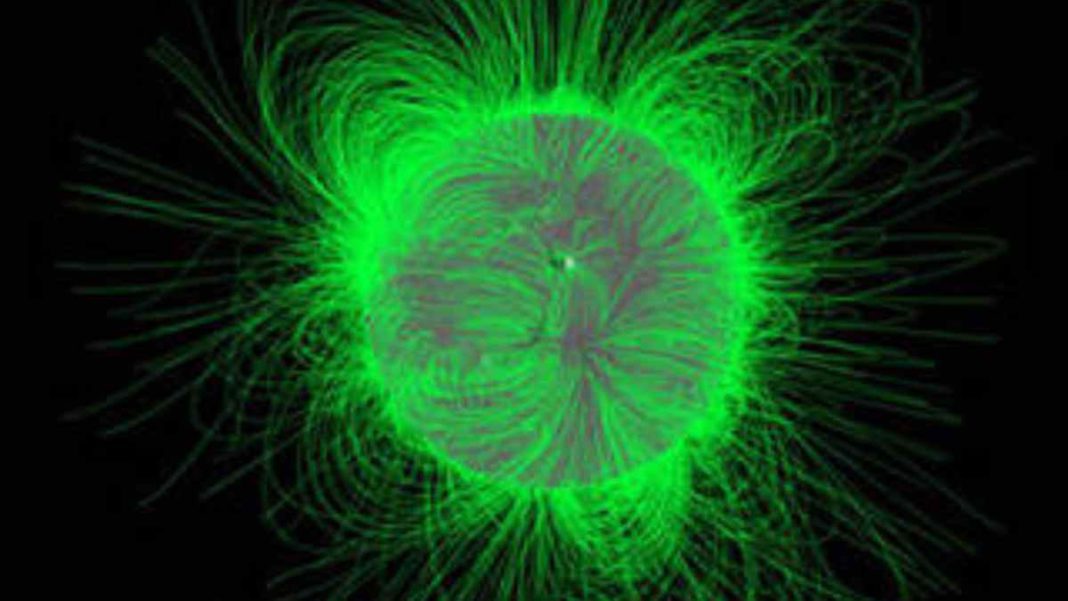UNITED STATES: In a rare cosmic event, a massive solar storm struck Earth, the Moon, and Mars simultaneously, unleashing a torrent of energetic particles from the Sun. This groundbreaking discovery, reported by astronomers, has significant implications for space exploration and human missions to the Moon and Mars.
The solar eruption, referred to as a “ground level enhancement,” occurred on October 28, 2021, and covered a vast expanse, reaching three celestial bodies in our solar system. This unique phenomenon allowed scientists to measure the impact of a solar event on multiple planetary surfaces at the same time, shedding new light on the effects of such events on different magnetic environments.
Typically, Earth’s protective magnetic bubble shields us from less energetic solar outbursts. However, the Moon and Mars do not generate their own magnetic fields, making them susceptible to these energetic solar particles. The particles can penetrate their surfaces and interact with the lunar and Martian soil, producing secondary radiation.
“This is a remarkable finding. It is the first time we have been able to measure a solar event simultaneously on Earth, the Moon, and Mars. It offers a unique opportunity to study the differences in their magnetic environments and the effects of space weather on each celestial body,” said Dr Emily Carter, lead author of the study published in the journal Geographical Research Letters.
One of the primary concerns arising from such solar events is the radiation exposure faced by astronauts during long-duration space missions. Radiation doses above 700 milligrays can lead to radiation sickness, causing severe health issues, including bone marrow destruction, infections, and internal bleeding.
Dr Colin Wilson, the project scientist for the ExoMars Trace Gas Orbiter (TGO), emphasized the importance of understanding space radiation for future human explorations, “Space radiation can pose a real danger to our exploration missions throughout the solar system. Data from missions like ExoMars TGO play a critical role in developing measures to protect our astronauts during these missions.”
Surprisingly, the radiation dose measured in lunar orbit during the October 2021 solar event, as detected by NASA’s Lunar Reconnaissance Orbiter (LRO), was relatively low at about 31 milligrays, posing no threat to astronauts. However, the research team warns that, on average, approximately one ground-level enhancement event every 5.5 years could exceed safe radiation levels on the Moon without adequate radiation protection measures.
Dr Jingnan Guo, the co-author of the study, highlighted the significance of this finding for lunar exploration, “Our calculations demonstrate that understanding and preparing for ground-level enhancements are vital for future crewed missions to the lunar surface.”
As human space exploration missions gear up for lunar and Martian expeditions, the knowledge gained from this historic solar storm event will prove invaluable. Space agencies worldwide will work collaboratively to develop robust radiation shielding and safety protocols to safeguard the health of astronauts during extended space missions.
As we look toward an era of space travel beyond Earth’s orbit, studying space weather and its impact on planetary bodies becomes paramount. The discovery of this simultaneous solar storm is a monumental step in our quest to explore the cosmos safely and expand humanity’s presence in the universe.
Also Read: NASA’s Voyager 2 Regains Contact with Earth after Communication Glitch in Deep Space



